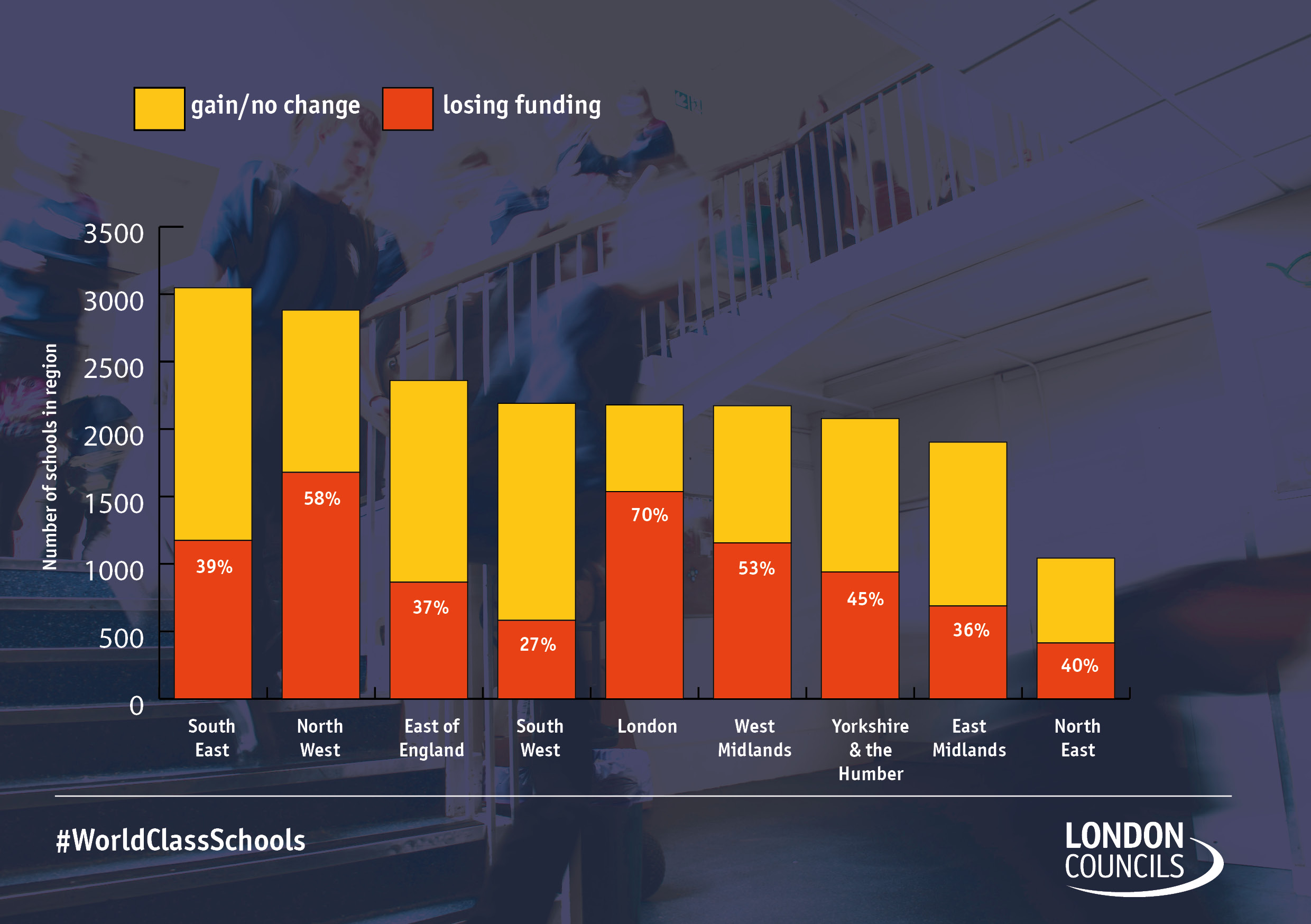 |
| Trees on BHP's Kings Drive Estate, Wembley |
Maintenance of parks and BHP Estates is out-sourced by the Council to Veolia. The lack of information on parks may need further investigation to ensure that there is not a net loss of trees. The Council will soon take over BHP and I hope they will adopt a ;olicy of tree replacement.
I deliberately excluded Fryent Country Park and the Welsh Harp Open Space from the request as they are natural rather than formal open spaces.
This is the Council's reponse to my FoI request:
1. The number of a) street, b) BHP & other social housing estates and C) park trees
(excluding Fryent Country Park and Welsh Harp Open Space) removed by the
council and its contractors from January 1st 2016-December 31st 2016.
a) (Street) - 220 (approx)
b) (BHP) - 62
c) (Parks) - The Council does not hold this information
2. The overall pattern of reasons for removal (eg safety, redevelopment, disease) expressed as an approximate percentage.
a) (Street) -
End of life (dead/decayed/diseased) - 60% Damage to pavements, walls etc. - 30%
Other (insurance claims, vandalism etc.) - 10%
b) (BHP) -
Unsafe 12 trees 19%
a) (Street) - 220 (approx)
b) (BHP) - 62
c) (Parks) - The Council does not hold this information
2. The overall pattern of reasons for removal (eg safety, redevelopment, disease) expressed as an approximate percentage.
a) (Street) -
End of life (dead/decayed/diseased) - 60% Damage to pavements, walls etc. - 30%
Other (insurance claims, vandalism etc.) - 10%
b) (BHP) -
Unsafe 12 trees 19%
Rot/decay 22 trees 35%
Dead 28 trees 45%
c) (Parks) - The Council does not hold this information
3. Of those trees the numbers where stumps were left.
a) (Street) - Almost all but no precise figures available. b) (BHP) - 62 (all)
c) (Parks) - The Council does not hold this information
4. Of those trees the numbers where they were replaced by a) semi mature trees b)saplings
a) (Street) - All replaced by saplings, 155 in the last season but this runs from September and is not recorded by calendar year
b) (BHP) - None
c) (Parks) - The Council does not hold this information
5. The number of new trees planted: a) street trees b) social housing estates c)parks and d) new developments/regeneration (eg Wembley Park, Alperton, South Kilburn) in the stated period.
a) (Street) - 155 in last season
b) (BHP) - None
c) (Parks) - The Council does not hold this information
d) (Regeneration) - 240 (mostly funded by S106 money)
3. Of those trees the numbers where stumps were left.
a) (Street) - Almost all but no precise figures available. b) (BHP) - 62 (all)
c) (Parks) - The Council does not hold this information
4. Of those trees the numbers where they were replaced by a) semi mature trees b)saplings
a) (Street) - All replaced by saplings, 155 in the last season but this runs from September and is not recorded by calendar year
b) (BHP) - None
c) (Parks) - The Council does not hold this information
5. The number of new trees planted: a) street trees b) social housing estates c)parks and d) new developments/regeneration (eg Wembley Park, Alperton, South Kilburn) in the stated period.
a) (Street) - 155 in last season
b) (BHP) - None
c) (Parks) - The Council does not hold this information
d) (Regeneration) - 240 (mostly funded by S106 money)
I think 5a is probably a mistake as 155 is the same number as street replacement trees. I wanted the figures for new planting in addition to replacement.






